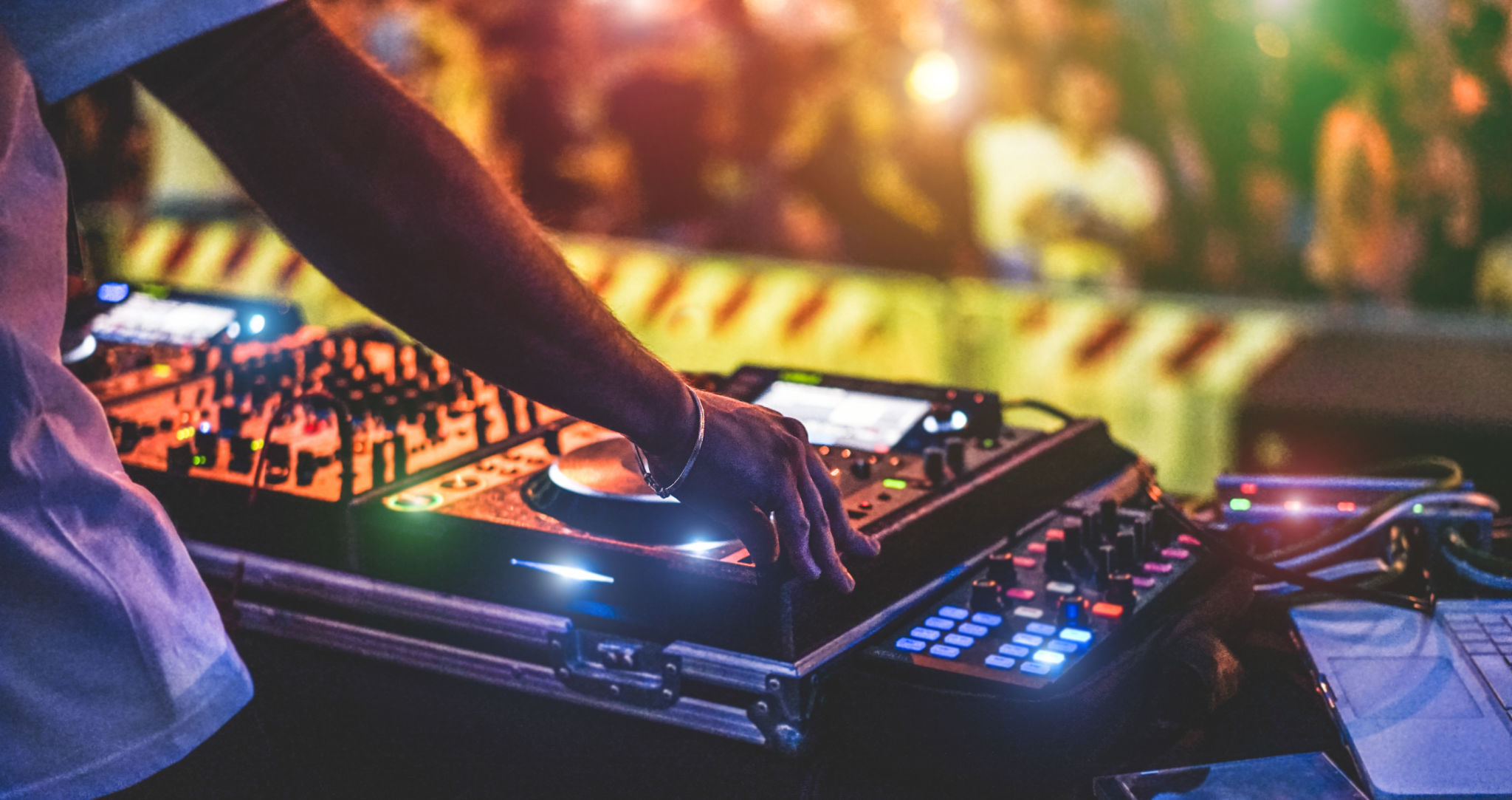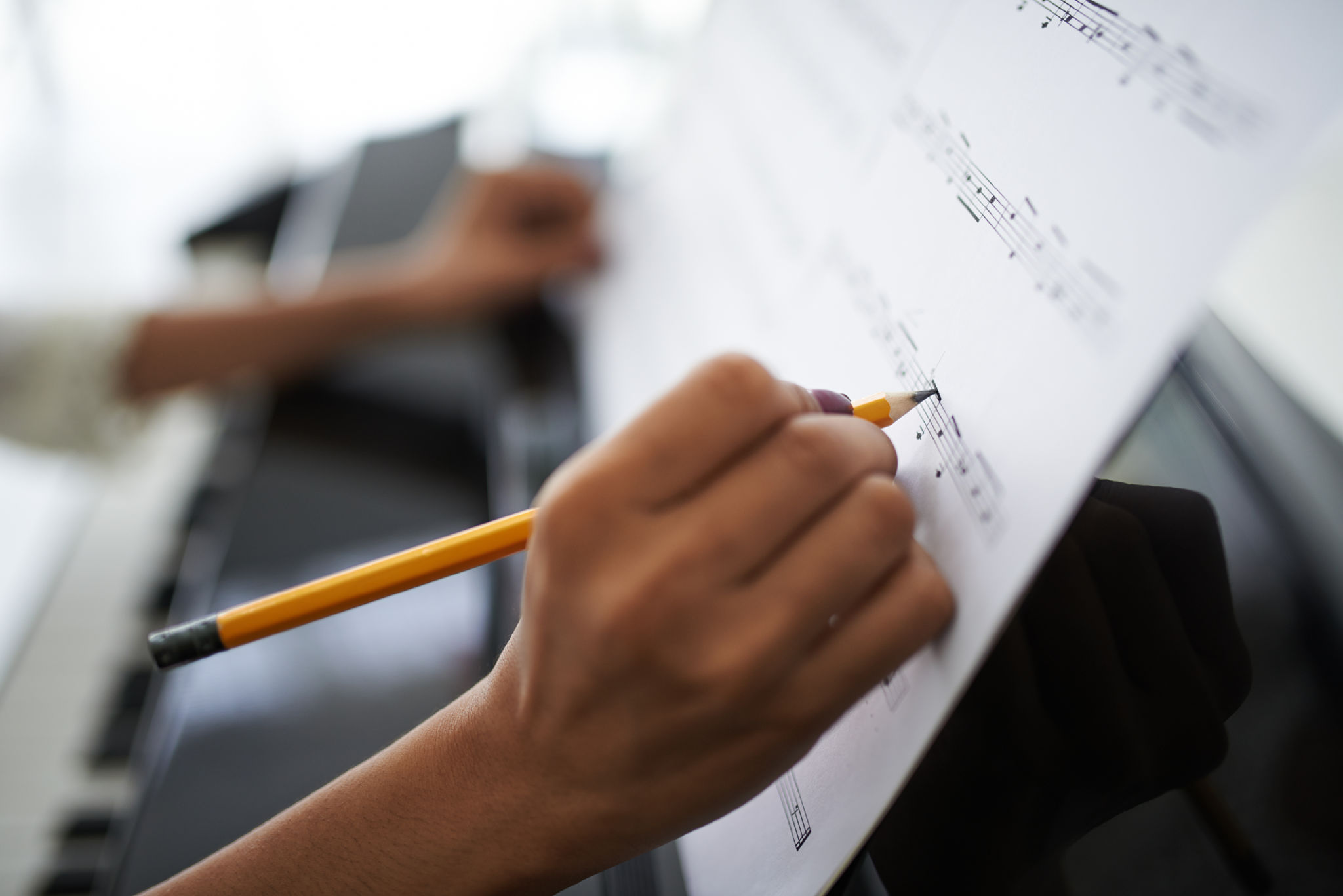The Art of Mixing: Tips from a Professional DJ
Introduction to the Art of Mixing
The art of mixing is a skill that transcends simply playing one track after another. For professional DJs, mixing is akin to painting a sonic landscape where each track flows seamlessly into the next, creating an immersive experience for the audience. Whether you are just starting out or looking to refine your skills, understanding the nuances of mixing is crucial to becoming a successful DJ.

Understanding Your Equipment
Before diving into mixing techniques, it's essential to have a thorough understanding of your equipment. Familiarize yourself with your mixer, turntables, or controllers, along with the software you use. Knowing your gear inside and out allows you to focus on creativity rather than technicalities during a live set.
Ensure that your equipment is set up correctly and maintained regularly. Proper maintenance can prevent technical issues during a performance, allowing you to concentrate on delivering a memorable experience.
Reading the Crowd
A successful DJ can read the crowd and adjust the music accordingly. Pay close attention to how the audience reacts to each track. Are they dancing enthusiastically or starting to lose interest? Use these cues to guide your track selection and keep the energy levels high.

Remember, every crowd is different, and what worked for one event might not work for another. Flexibility and adaptability are key components in mastering the art of mixing.
Smooth Transitions
Transitions are where the magic happens in DJing. A smooth transition keeps the energy flowing and prevents awkward pauses that can disrupt the vibe. Techniques such as beatmatching, EQ blending, and using effects can enhance your transitions.
- Beatmatching: Aligning the beats of two tracks to ensure a seamless flow.
- EQ Blending: Adjusting the bass, mid, and high frequencies to create a balanced mix.
- Effects: Using effects like reverb or delay to add texture and depth.
Creating a Set List
While spontaneity is important, having a well-thought-out set list can serve as a roadmap for your performance. Consider the theme of the event, the time of day, and the type of crowd when selecting tracks. A good set list builds momentum and tells a story through music.

The Importance of Practice
As with any art form, practice is crucial in honing your skills. Regular practice sessions allow you to experiment with new techniques and familiarize yourself with different genres of music. Record your practice sessions to analyze your performance and identify areas for improvement.
Don't hesitate to seek feedback from other DJs or mentors who can offer valuable insights and advice. Constructive criticism can be instrumental in helping you grow as an artist.
Staying Inspired
The world of music is ever-evolving, with new tracks and trends emerging constantly. Stay inspired by exploring different genres, attending live performances, and connecting with fellow DJs. Keeping an open mind and continuously learning will ensure that your mixing style remains fresh and exciting.

Conclusion
The art of mixing is a dynamic blend of technical skill and creative expression. By understanding your equipment, reading the crowd, mastering transitions, and continually practicing, you can elevate your DJing to new heights. Embrace experimentation and let your unique style shine through in every mix.